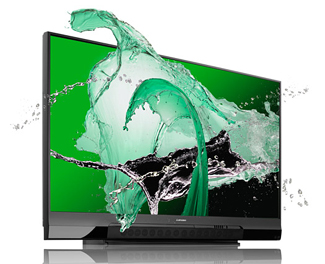Analyst: Some Perception Problems ahead for 3D

The onslaught of mostly positive publicity on 3D movies – and to a lesser degree, on 3DTV at home – was bound to hit a few sour notes because such is the nature of today's deluge of multi-source information. So says Paul Gray, director of European TV research for DisplaySearch, and industry consultancy. (DisplaySearch itself projects that 3D technology will continue to flourish here in 2010 and beyond.)
"I sense that the familiar 'hype cycle' is beginning to turn on 3D, even as the first products are hitting the market and broadcast coverage is starting," Gray recently blogged. "Debates are beginning to rage on the problems and health risks of 3D…"
Referring to some subtle but important differences in some 3D movie product, and some health warnings that a handful of 3DTV set makers have included on their Web sites for other forms of 3D beyond movies, Gray said some of these problems are caused by "trying to shoe-horn the wide variety of visual cues into depth perception solely by stereoscopy. It is these contradictions that are understood to cause eyestrain. However, source material that is computer-generated does not have such problems and can be pre-compensated."
Gray predicts the cost of producing high-quality movies in 3D – computer-generated or live action — will inhibit their availability, "let alone ordinary broadcast TV which works on a fraction of the budget per minute of final content," he said. He thinks the immediate growth of 3D will likely be propelled by video games.
Get the TV Tech Newsletter
The professional video industry's #1 source for news, trends and product and tech information. Sign up below.
